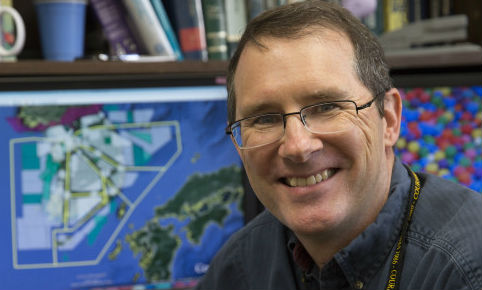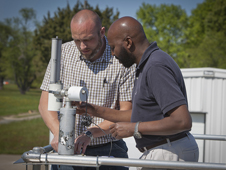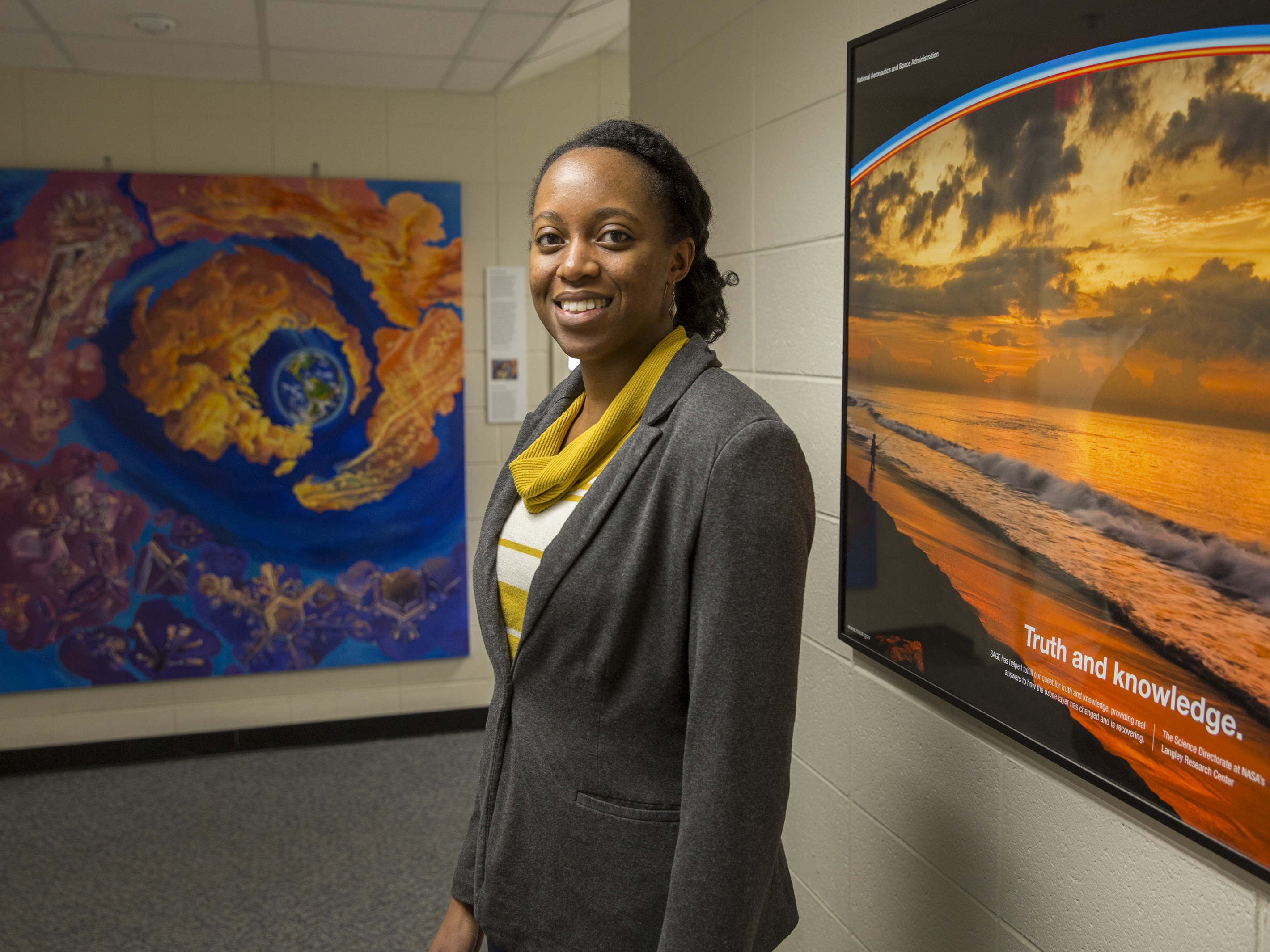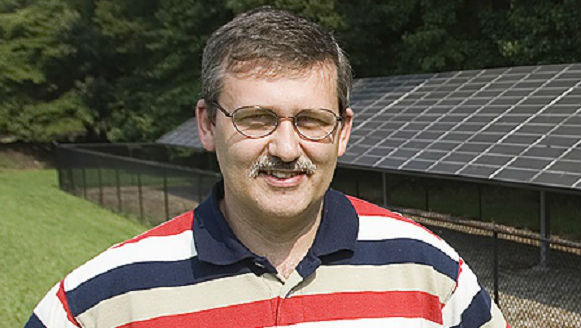STEM Career Connections
Meet Jim Crawford, Project Scientist

Job Title
Project Scientist
Jim Crawford
Bio
How long have you been involved in air quality work?
I have been conducting research in atmospheric chemistry for just over 25 years, but much of my early work was on the remote atmosphere. My focus on air quality and conditions in urban areas has only been over the last five years.
What first got you interested in this area of research?
I entered graduate school at Georgia Tech in 1991 after five years of active duty in the U.S. Army. To be honest, I was looking for something new and interesting to pursue, and atmospheric science was what caught my eye in the college catalog. I have not regretted what may seem like a whimsical decision.
Can you describe a particularly bad air quality day that you’ve experienced?
Poor air quality is not always obvious to the naked eye, but during a visit to Beijing in 2012, the conditions were so bad that you could not see more than a block down the street. I do not have any allergies, so I am not particularly susceptible to respiratory problems. Even so, I got sick on that trip, and I wonder how much the poor air quality contributed.
How does KORUS-AQ compare to other air quality projects you’ve worked on?
I have been involved in many large field experiments, and KORUS-AQ certainly belongs in that category. I have also experienced a lot of complexity over the years. While the flights in Korea will not be the most complex that I have ever planned, the airspace over Korea is quite challenging to navigate and the international coordination has gone far beyond anything we have attempted in the past.
Where else in the world have you done air quality fieldwork?
I have participated in research flights all over the world and in many different types of aircraft. Much of my early career was spent working on airborne studies over the remote North and South Pacific and along the Asian Pacific Rim, looking at long-range transport of pollution. I have also participated in aircraft flights over Antarctica as well as the Arctic, so my experience has spanned the globe. It is only in recent years that I have become engaged in flights over populated areas where human emissions and poor air quality occur.
What has been for you the most challenging part of planning KORUS-AQ?
The international coordination and negotiation of flight permissions has been a tremendous challenge in the preparation for KORUS-AQ. Never before have we worked so closely with colleagues in another country, nor have we attempted to fly in such busy airspace within the borders of another nation. We’ve built enduring relationships. Airborne observations are sparse, and KORUS-AQ will expand our capability as an international community, leading to better quality and coverage for atmospheric observations to understand air quality, which has become a problem of hemispheric scale.
How do you hope your work will benefit people today or in the next generation?
Our work brings attention to the impacts of human activity on Earth. For today, people need reliable forecasts of air quality, and for tomorrow, they need effective policies to improve air quality. Hopefully, this work adds to the motivation to continue developing and transitioning to energy sources that are free of harmful emissions to the atmosphere. These emissions are the root cause of both poor air quality, which is a short-term impact, and climate change, which is a long-term challenge.
Source:




